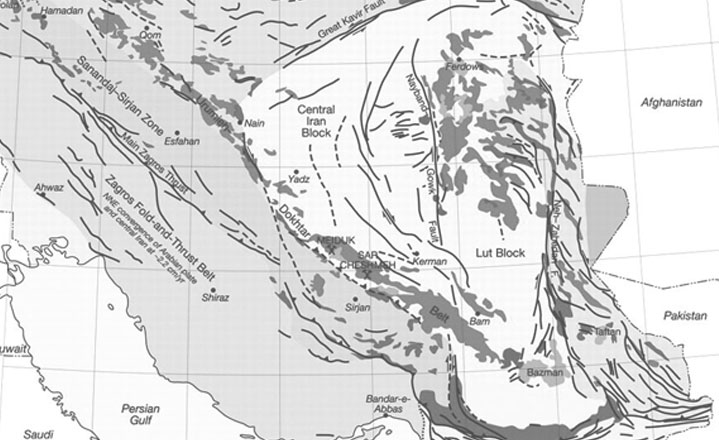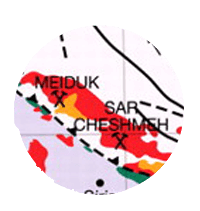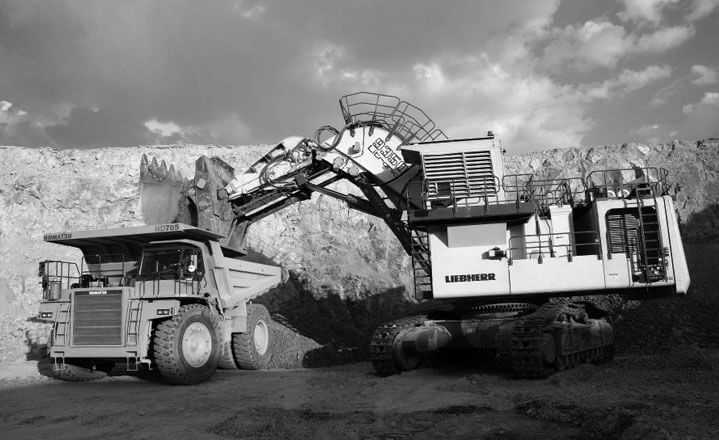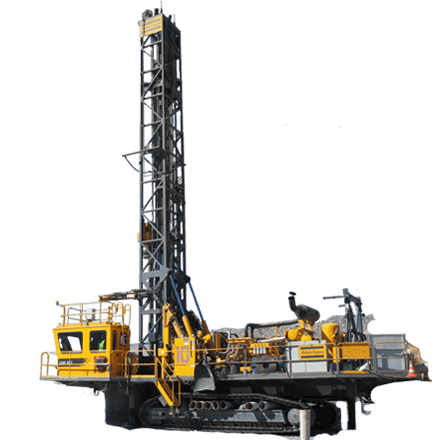A Brief Review of Mineral Deposit Types and Geodynamic Settings Related to Neotethys in Iran, Iran territory is located in the middle section of the Alps-Himalaya orogenic belt. Most of mineral deposit types of Iran are related to evolution of Neotethys ocean in the late Paleozoic to Tertiary in both Sanandaj-Sirjan and Urumieh-Dokhtar regions.
Emergence of the alkaline magmatism in the Paleozoic era in many parts of Iran indicates the opening and formation of rifts at that period. It appears that during the upper Ordovician, there has been a gap between the two plates of Iran and Turan. Zagros ophiolites (Kermanshah-Neyriz) demonstrate the approximate location of the Neotethys that has been existed in upper Triassic-Late Cretaceous between Iran and Zagros-Arabia plates (Moosavi et al., 2007).
Sanandaj-Sirjan Zone
It extends in the form of a magmatic-metamorphic belt along the northwest-noutheast axis with the length of more than 1500 km in the southwestern section and the volcanoplutonic belt of Urumieh-Dokhtar belt in the northeastern section, whose extension may also be traced in Turkey and Iraq. Many researchers believe that the initial formative environment of the Sanandaj-Sirjan zone has been the intercontinental rift and aulacogen and aulacogeosyncline basins (Stocklin, 1968; Nabavi, 1976; Berberian and King, 2002; Sabzehei, 1995) whose eventual evolution and extension has resulted in the emergence ofthe Neotethys ocean. This zone has a rich potential in terms of minerals and discovery of new mineral deposit types in the recent years such as the Au orogenic type has resulted in definition of new reconnaissance projects (Moosavi et al., 2007).
Urumieh-Dokhtar Magmatic Arc
This arc extends along and in parallel with the Sanandaj-Sirjan spread and Zagros in the form of a long belt. This zone comprises the Tertiary volcano-plutonic arc of west Iran. The length of this zone is approximately 1500 and its width is 150-250 km starting from west of the Uroumieh lake and extends in the northwest-southeast axis to Minab fault north of Bandar Abbas. Most rock units comprising this belt are attributed to the volcanoplutonic arc of Eocene, Oligomiocene, and Miocene, and less younger ones. Due to its rich mineral potentials and its containing world class reserves, this arc has long been of interest to researchers and discovery authorities (Moosavi et al., 2007). Based on the existing mineral deposits at the Sanandaj-Sirjan zone that are particular to rifting intracontinental settings, one may expect in their rock units, such types as Besshi massive-sulfide, and the gold related to shear-extension zones, chromite containing PGE related to layered complexes, skarn iron deposits, and such undiscovered mineral deposits as IOCG types, SEDEX, Cu sediment-hosted, gold deposits related to alkaline granite intrusions, Au placer, etc (Moosavi et al., 2007).
Position of Divergent margins (Triassic, Cretaceous)
Having regard to the mineral deposits formed in this time interval in the Sanandaj-Sirjan zone one may refer to the undiscovered deposits related to this position such as sedimentary deposits in passive continental margins (e.g. beach sand deposits and MVT), sedimentary deposits such as Mn deposits, Banded Iron Formation (BIF) and all magmatic deposits including podifrom magmatic chromites and volcanogenic massive sulfide deposits. Since preservation of these mineral deposits due to subduction phenomenon is very rare, the few preserved deposits should be sought in convergent settings. The conspicuous point is that this phase of formation in the Sanandaj-Sirjan zone may provide an important metal resource for formation of next phase deposits (convergent) (Moosavi et al., 2007).
Position of Convergent Margins (Jurassic and After)
In view of the existing mineral deposits, the spreads of magmatic arc, forelands settings, and increasing and clashing are suggested for this position.
Magmatic Arc: the major eminent deposits of this tectonic setting include: porphyry deposits, epithermal, and massive sulfide of Kuroko type. Having regard to the trend of this types of mineral deposits, and existence of the mentioned various types in the Urumieh-Dokhtar magmatic arc, this position is suitable for discovery of such mines. Forelands Spread: from among the foreland spread deposits one may refer to Au placer, and MVT deposits (epigenetic), and uranium deposits related to unconformity. Therefore, attention to this type of undiscovered mineral deposits and consideration of their preservation and search are suggested.
Accretion-collision: In summary, most mineral deposits formed in this tectonic setting are: gold and orogenic base metals, tin and tungsten deposits, gold deposits related to reduction intrusions, sediment-hosted gold deposits (Carlin type), VMS deposits (Kuroko), and epithermal deposits. However; except for VMS, other mineral deposits are formed at the time of collision and after that in this area. Due to suitable preservation of some of these mineral deposit types, the discovery chances in the Sanandaj-Sirjan zone are very high having regard to the ones discovered so far such as orogenic gold, and Carlin Type, Agh-Darreh (Moosavi et al., 2007).















